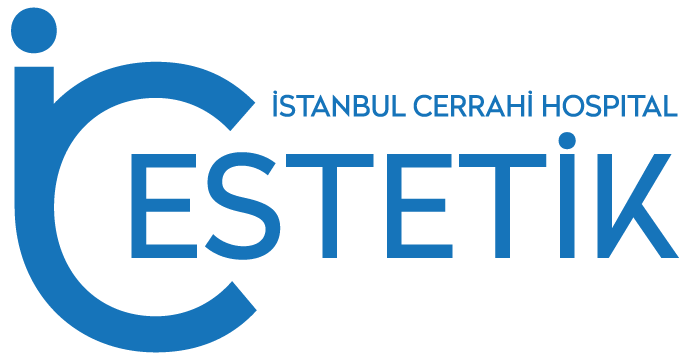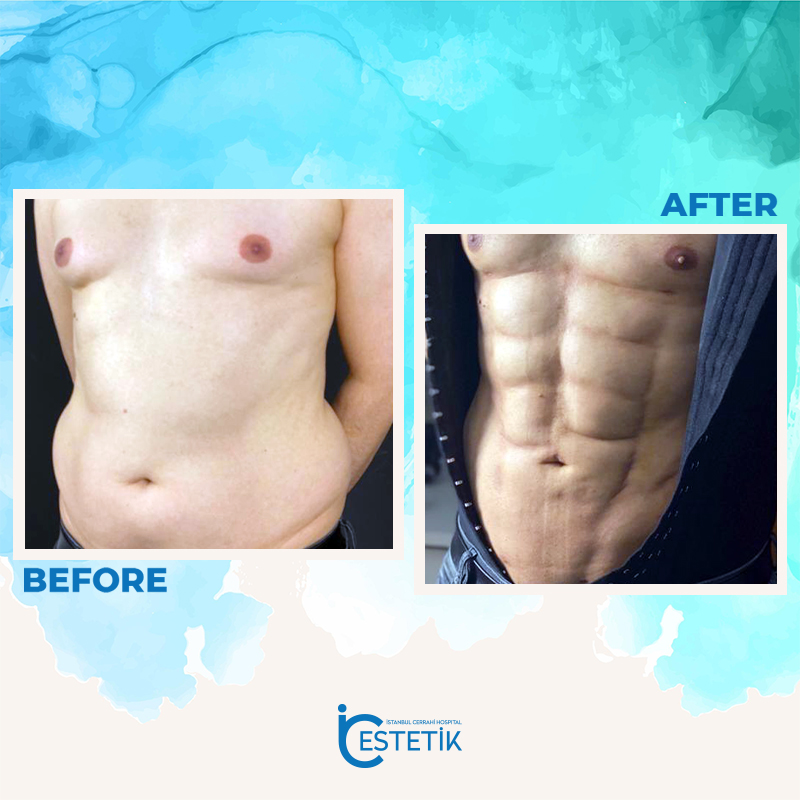Tummy Tuck
An abdominoplasty, commonly referred to as a tummy tuck, is a cosmetic surgical procedure aimed at enhancing the contour and appearance of the abdominal area.
During a tummy tuck, surplus skin and fat are surgically removed from the abdomen. Additionally, the abdominal fascia, which is the connective tissue, is often tightened using sutures. The remaining skin is then carefully repositioned to achieve a more toned and aesthetically pleasing outcome.
Individuals may opt for a tummy tuck if they have excess fat or skin around their bellybutton area or a weakened lower abdominal wall. This procedure can significantly improve body image and provide a more sculpted abdominal profile.
Why is Abdominal Tightening Necessary?
There are several reasons why you may have excess fat, poor skin elasticity, or weakened connective tissue in your abdomen. These reasons include significant weight changes, pregnancy, previous abdominal surgery (such as a C-section), the natural aging process, and your individual body type.
A tummy tuck procedure can address these concerns by removing excess skin and fat, as well as tightening the weakened fascia in the abdomen. It can also help improve the appearance of stretch marks and excess skin in the lower abdomen below the bellybutton. However, it’s important to note that a tummy tuck cannot correct stretch marks outside of this specific area.
If you have a previous C-section scar, your plastic surgeon may be able to incorporate it into the tummy tuck scar, minimizing additional scarring.
Additionally, a tummy tuck can be combined with other body contouring procedures, such as breast surgery, to achieve comprehensive cosmetic results. If you have previously undergone liposuction to remove fat from the abdomen, a tummy tuck may be recommended to address any remaining excess skin, as liposuction primarily targets fat tissue beneath the skin.
Tummy Tuck Procedure
The tummy tuck procedure, also known as abdominoplasty, is performed by a plastic surgeon and involves the following steps:
Anesthesia: You will be given medications to ensure your comfort during the surgery. The options may include intravenous sedation or general anesthesia, and your surgeon will recommend the most appropriate choice for you.
Incision: The surgeon will make an incision in the lower abdomen, typically from hip to hip. The length and shape of the incision may vary depending on the extent of correction needed and the specific technique used.
Tissue manipulation: The surgeon will lift the skin and underlying tissue of the abdomen, exposing the abdominal muscles. The abdominal muscles may be tightened and repaired if necessary, providing a firmer abdominal wall.
Excess skin and fat removal: Excess skin and fat will be carefully removed to create a smoother and flatter abdominal contour. Liposuction may be used to target specific areas for additional fat removal if needed.
Repositioning of the bellybutton: In some cases, the bellybutton may need to be repositioned to ensure a natural appearance. The surgeon will create a new opening for the bellybutton and suture it into place.
Skin closure: The remaining skin is then pulled downward, and the incisions are closed using sutures. The incision lines are typically strategically placed to minimize their visibility once healed.
Drain placement: Small drains may be temporarily placed under the skin to help remove any excess fluid or blood that may accumulate after the surgery. These drains are typically removed within a few days.
Dressing and recovery: The surgical site will be covered with dressings or bandages, and you may be provided with a compression garment to reduce swelling and support the healing process.





